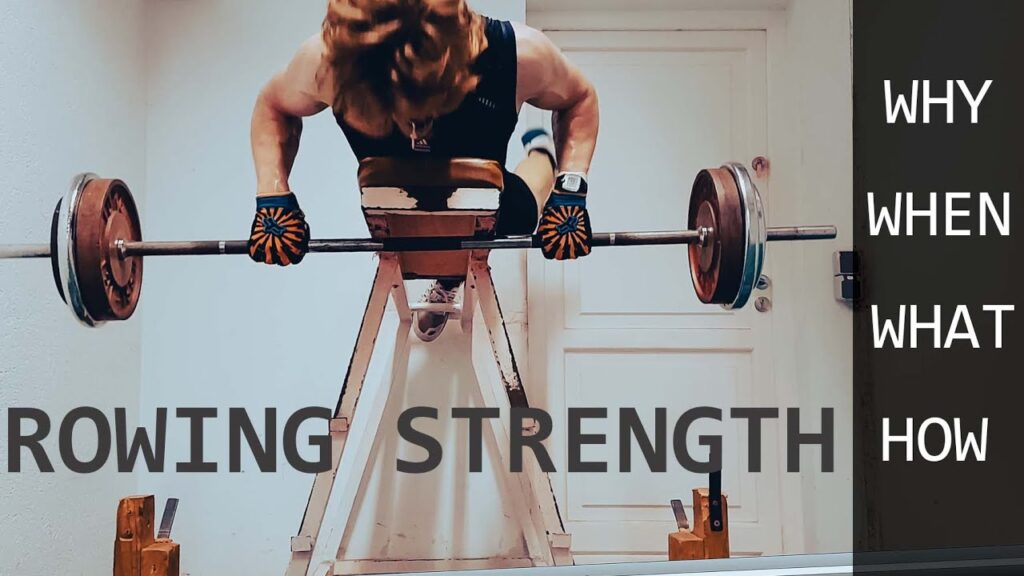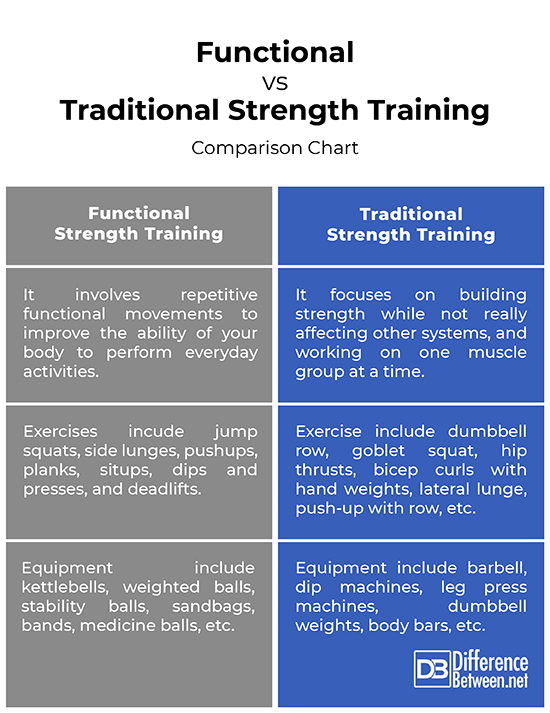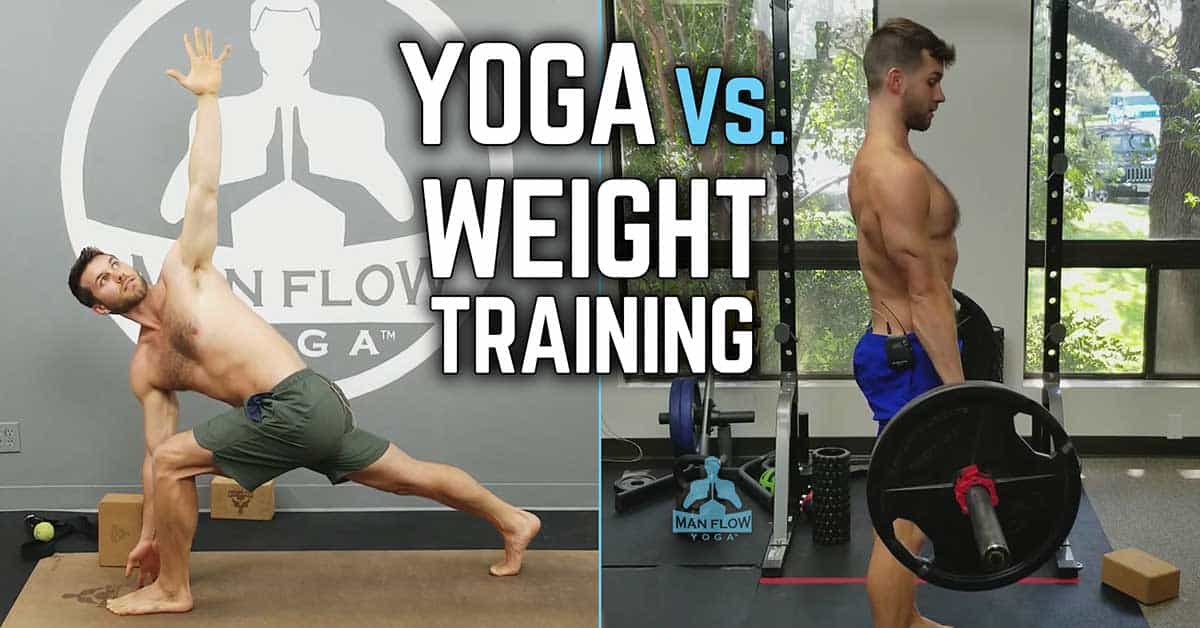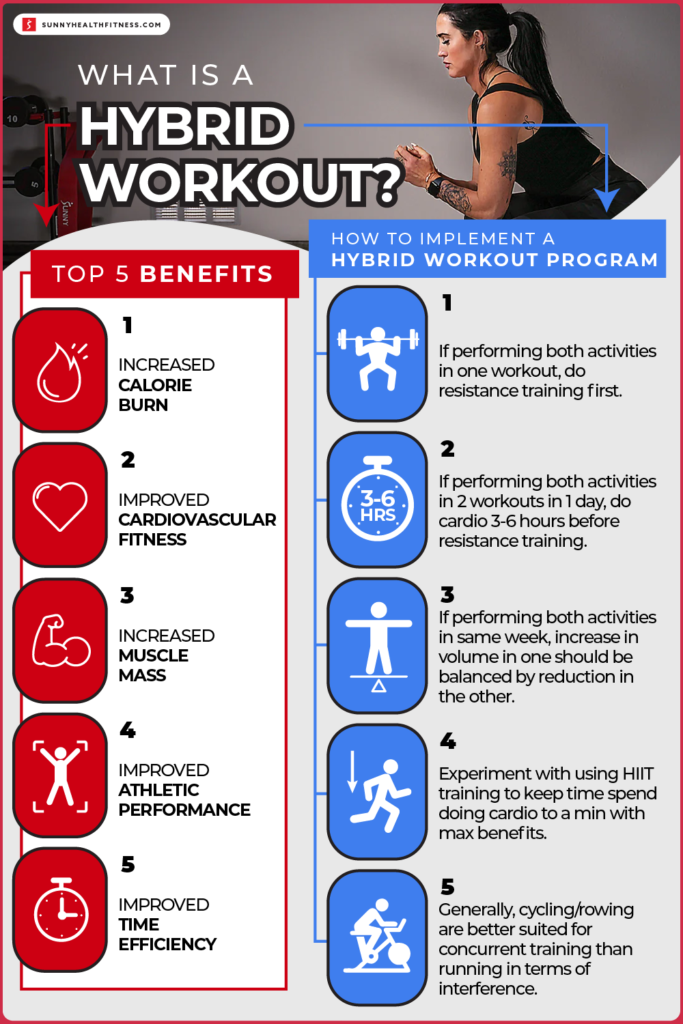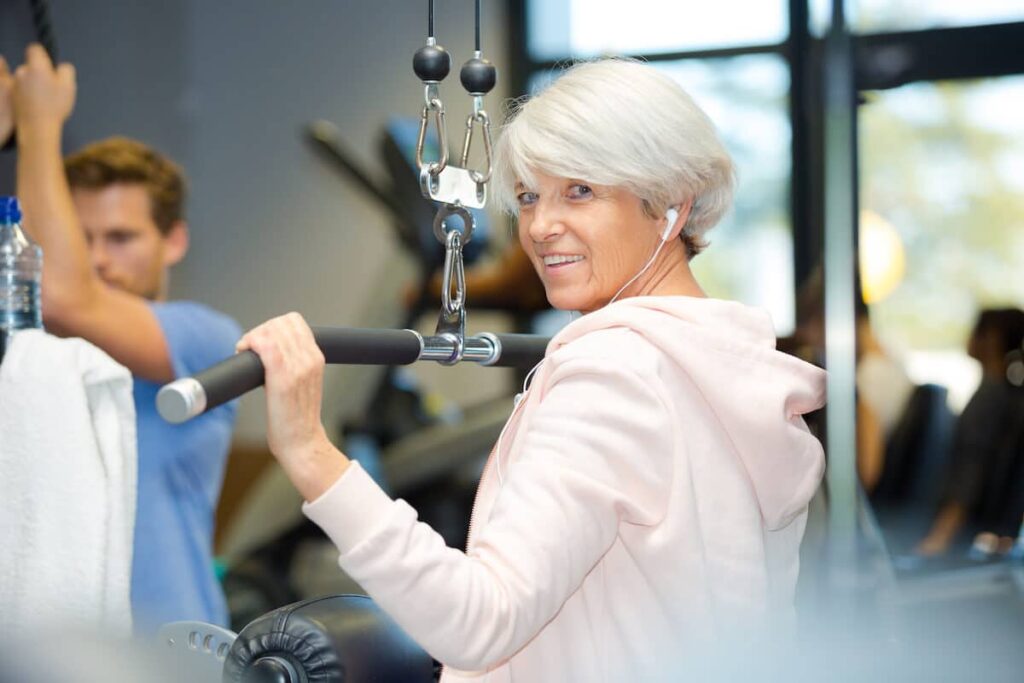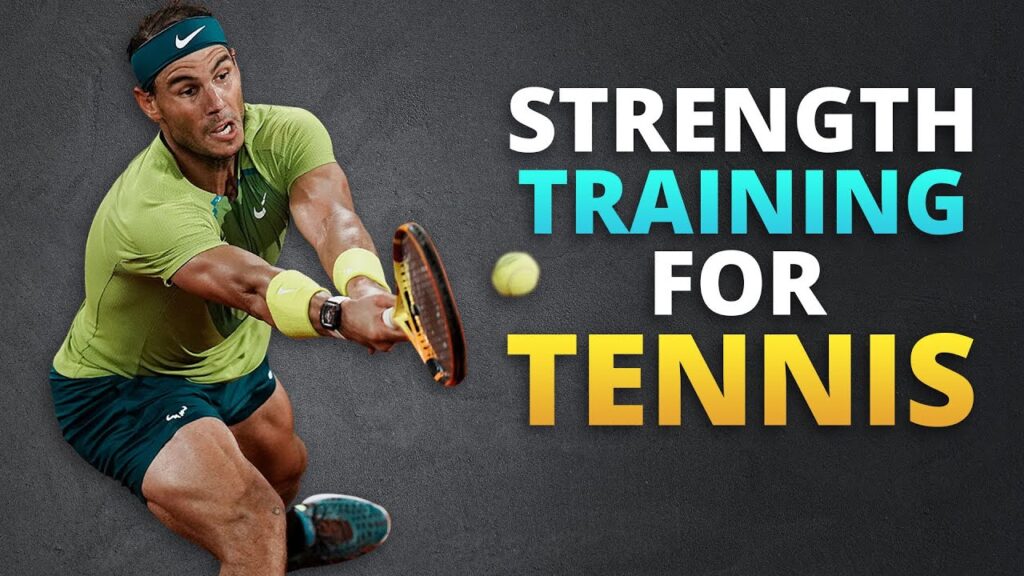Yes, rowing is a form of strength training. It engages multiple muscle groups and builds endurance.
Rowing is an effective full-body workout that combines cardiovascular and strength training. It targets muscles in the legs, core, and upper body, providing a comprehensive fitness routine. Rowing machines, or ergometers, simulate the action of rowing on water, making it accessible and practical for indoor use.
This low-impact exercise is suitable for all fitness levels and helps improve stamina, muscle tone, and overall health. Regular rowing sessions can enhance muscle strength and cardiovascular endurance, making it a versatile addition to any fitness regimen. Rowing’s repetitive motion ensures balanced muscle development and can aid in weight management and stress reduction.

Credit: www.onepeloton.com
Rowing: Cardio Or Strength Training?
Rowing provides a mix of both cardio and strength training. It engages various muscle groups. Your legs, core, and arms work together. This makes rowing a full-body workout. Heart rate increases, giving a cardiovascular boost. Muscles are also challenged, enhancing strength.
Rowing machines mimic the action of rowing a boat. Resistance can be adjusted, making it harder or easier. This adaptability allows for both endurance and power training. Different rowing techniques can target specific muscles. Rowing at a steady pace focuses more on cardio. Increasing the resistance and speed enhances strength.
Muscle Groups Targeted By Rowing
Rowing effectively targets major muscle groups, including the back, shoulders, arms, and legs. This full-body exercise enhances both strength and endurance, making it a versatile strength training option.
Upper Body Engagement
Rowing works the arms, shoulders, and back muscles. It helps build strength in the biceps and triceps. The forearms also get a good workout. Rowing can improve grip strength over time.
Core Stability And Strength
Rowing is great for the core muscles. It engages the abs and obliques. The lower back also gets stronger. A strong core helps with balance and posture. This is essential for overall fitness.
Lower Body Activation
Rowing targets the legs. It works the quadriceps, hamstrings, and calves. The glutes also get stronger. Rowing helps improve leg endurance. Strong legs are key for many activities.
Rowing Intensity And Muscle Growth
Rowing machines come with different resistance settings. These settings help in muscle adaptation. Higher resistance builds more muscle strength. Lower resistance focuses on endurance. Adjusting resistance can target different muscle groups. This allows for a balanced workout.
High-intensity rowing workouts are great for muscle growth. They involve quick, powerful strokes. This increases heart rate and burns calories. High intensity also promotes muscle endurance. These workouts are effective for both strength and cardio.
Comparing Rowing To Traditional Strength Training
Rowing effectively combines cardiovascular exercise with muscle strengthening, making it a versatile workout. Traditional strength training focuses on isolated muscle groups, while rowing engages multiple muscles simultaneously, enhancing overall fitness.
Rowing Vs. Weight Lifting
Rowing and weight lifting both build muscle strength. They also improve overall fitness. Rowing works on multiple muscle groups at the same time. It uses your legs, arms, and core. Weight lifting, on the other hand, targets specific muscles. You can focus on your biceps or quadriceps.
Rowing is often seen as a cardio workout. It can also be a strength exercise. Weight lifting is a traditional strength training method. Both are valuable. Rowing offers low impact on joints. Weight lifting may put more stress on joints.
Combining both can give the best results. You can get strong and stay fit. Rowing and weight lifting can be complementary to each other.
Benefits Of Incorporating Rowing Into Your Routine
Rowing is great for your heart. It helps improve cardiovascular health. Your heart rate goes up during rowing. This makes your heart stronger. A strong heart pumps blood better. Blood carries oxygen to your body. Better oxygen flow means more energy. Rowing also helps reduce the risk of heart disease. Rowing can keep your blood pressure in check. It can help you stay healthy and fit.
Rowing builds functional strength. It targets many muscle groups. Your legs, back, and arms get stronger. Strong muscles help in daily tasks. Rowing improves core strength too. A strong core supports your body. It helps in balance and stability. Rowing can also improve your posture. Good posture is important for your health. Strong muscles can prevent injuries. Rowing makes you stronger and healthier.
Maximizing Strength Gains With Rowing
Rowing boosts strength and endurance. To see significant gains, row at least three times a week. Allow rest days for muscle recovery. Overtraining can lead to fatigue and injuries. Consistency is key for best results. Try to mix rowing with other activities.
Combining rowing and weight training enhances overall strength. Rowing works on cardio and endurance. Weight training focuses on muscle building. Aim for balance in your routine. Split your week between rowing and weights. This combination gives you the best of both worlds.
Common Misconceptions About Rowing
Many believe rowing is just for cardio. This is not true. Rowing works your whole body. It engages your arms, legs, and core. This makes it a full-body workout. Rowing can increase your heart rate and build endurance. It is a great way to get fit and stay healthy.
Some think rowing cannot build muscle mass. This is a myth. Rowing uses many muscles at once. It strengthens your arms, legs, and back. This can lead to muscle growth. Rowing also improves muscle tone. It is not just about burning calories. Rowing can help you build a stronger body.
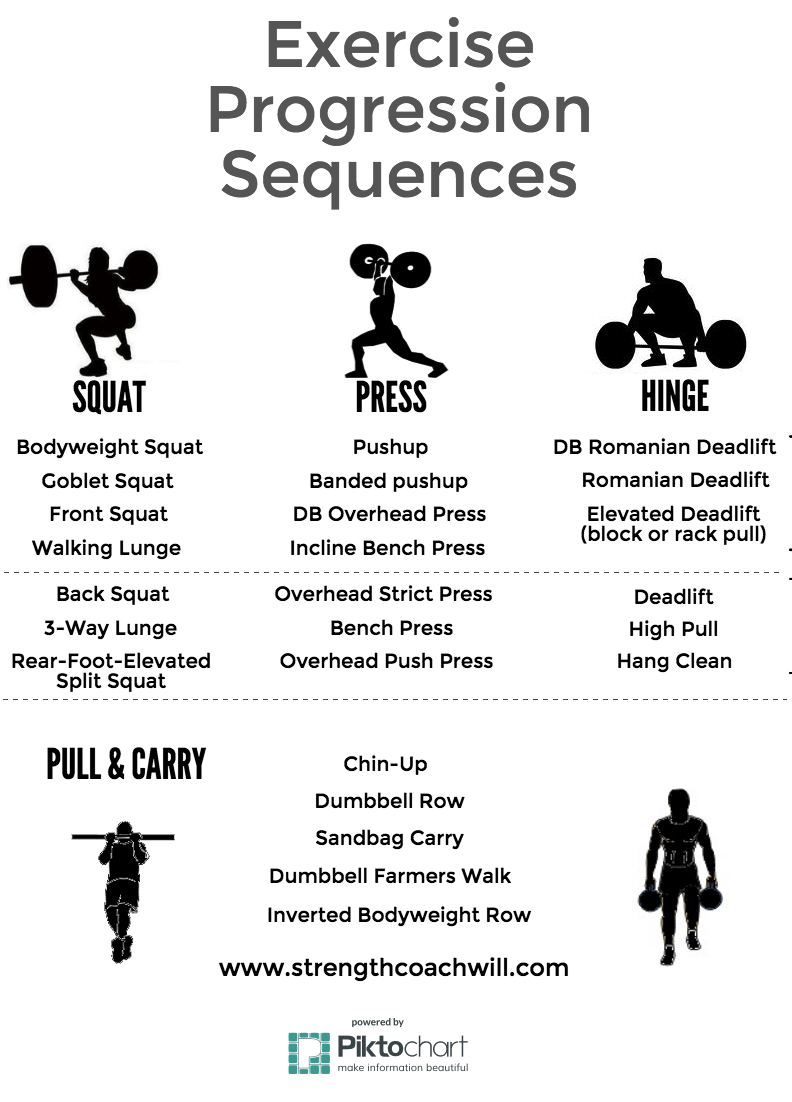
Credit: www.rowperfect.co.uk
Tailoring Your Rowing Regimen For Strength
Structured rowing programs help build strength and endurance. They focus on specific muscle groups. Follow a weekly plan to see consistent results. Mix short sprints with long rows. This helps in building overall fitness. Rest days are important for recovery.
Tracking progress keeps you motivated. Use a logbook or app to record your sessions. Adjust workouts based on your progress. Increase intensity as you get stronger. Listen to your body to avoid injuries. Regular updates to your routine keep it challenging.
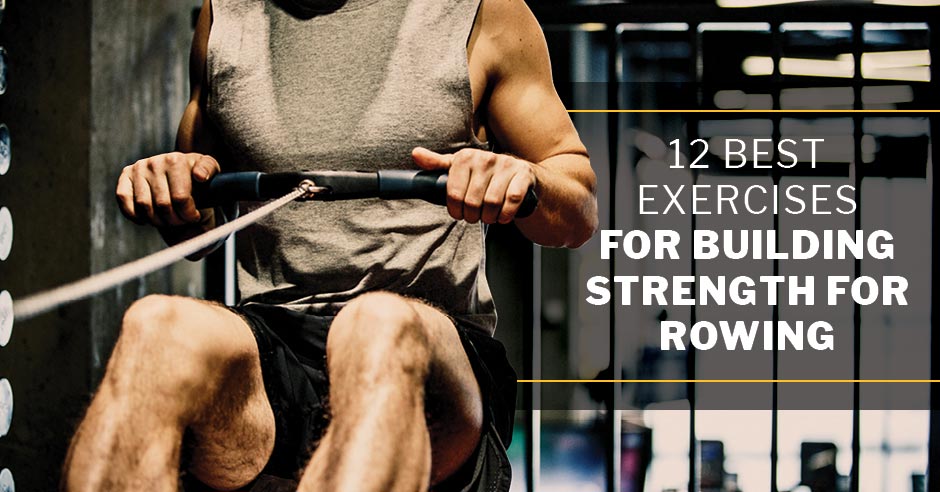
Credit: www.issaonline.com
Frequently Asked Questions
Is Rowing Considered Cardio Or Strength Training?
Rowing is both cardio and strength training. It boosts cardiovascular health and builds muscle strength simultaneously. This makes it an efficient workout.
Can Rowing Machine Replace Strength Training?
A rowing machine offers a full-body workout but can’t completely replace strength training. It combines cardio and some resistance. For muscle building, weightlifting or targeted strength exercises are essential.
Is Rowing Equivalent To Lifting Weights?
Rowing and lifting weights offer different benefits. Rowing provides a full-body cardiovascular workout, while lifting weights focuses on muscle strength and growth.
Is Rowing Part Of Strength Training?
Yes, rowing is part of strength training. It engages multiple muscle groups, improving both strength and endurance.
Is Rowing Good For Strength Training?
Yes, rowing is excellent for building both muscular strength and endurance.
Which Muscles Does Rowing Strengthen?
Rowing strengthens the legs, back, arms, and core muscles.
Can Rowing Replace Weight Lifting?
Rowing complements weight lifting, but it may not fully replace it for muscle hypertrophy.
How Often Should I Row For Strength?
Rowing 3-4 times a week can effectively build strength.
Does Rowing Improve Cardiovascular Fitness?
Yes, rowing is a full-body workout that boosts cardiovascular health.
Is Rowing Suitable For Beginners?
Absolutely, rowing is low-impact and can be adjusted for all fitness levels.
Conclusion
Rowing is a powerful form of strength training. It effectively targets multiple muscle groups, enhancing overall fitness. Incorporate rowing into your workout routine for improved endurance and strength. Consistency is key to reaping the full benefits of this versatile exercise.
Start rowing today and transform your fitness journey.

